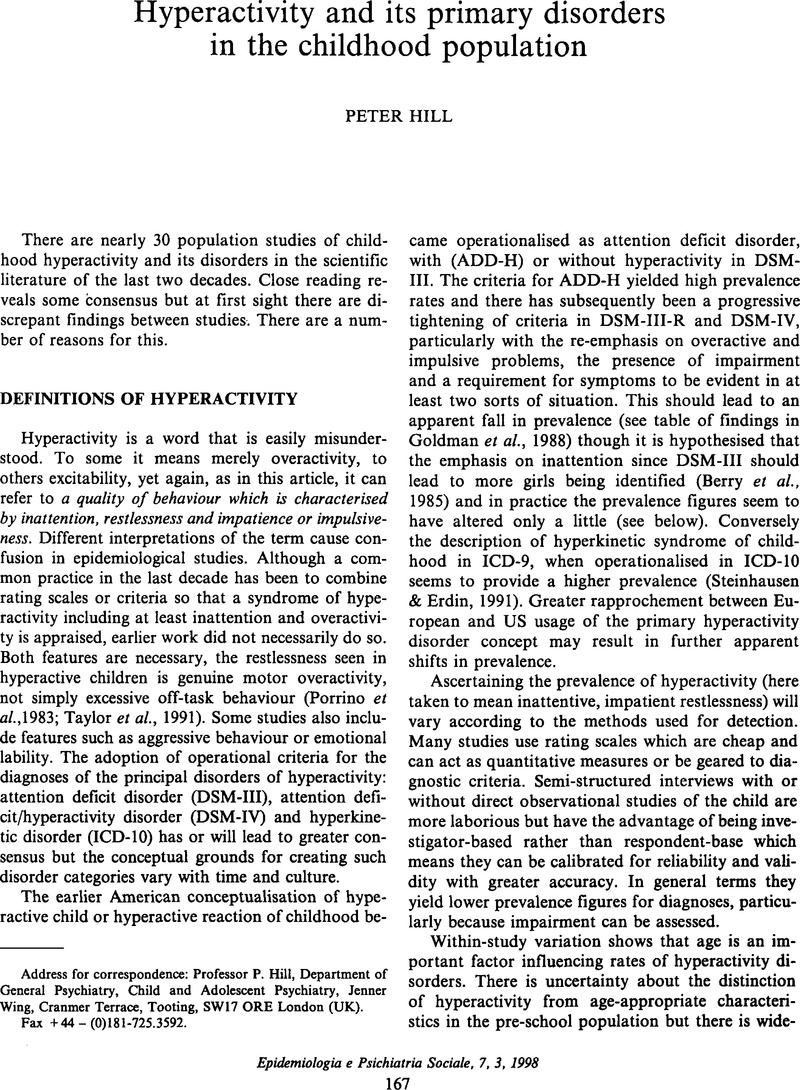Sergeant, J. (
1988). RDC for hyperactivity/attention disorder. In
Attention Deficit Disorder: Criteria, Cognition, Intervention, Monograph Supplement Journal of Child Psychology and Psychiatry, No. 5 (ed.
Bloomingdale, L.M. and
Sergeant, J.).
Pergamon Press:
Oxford.
Google Scholar 